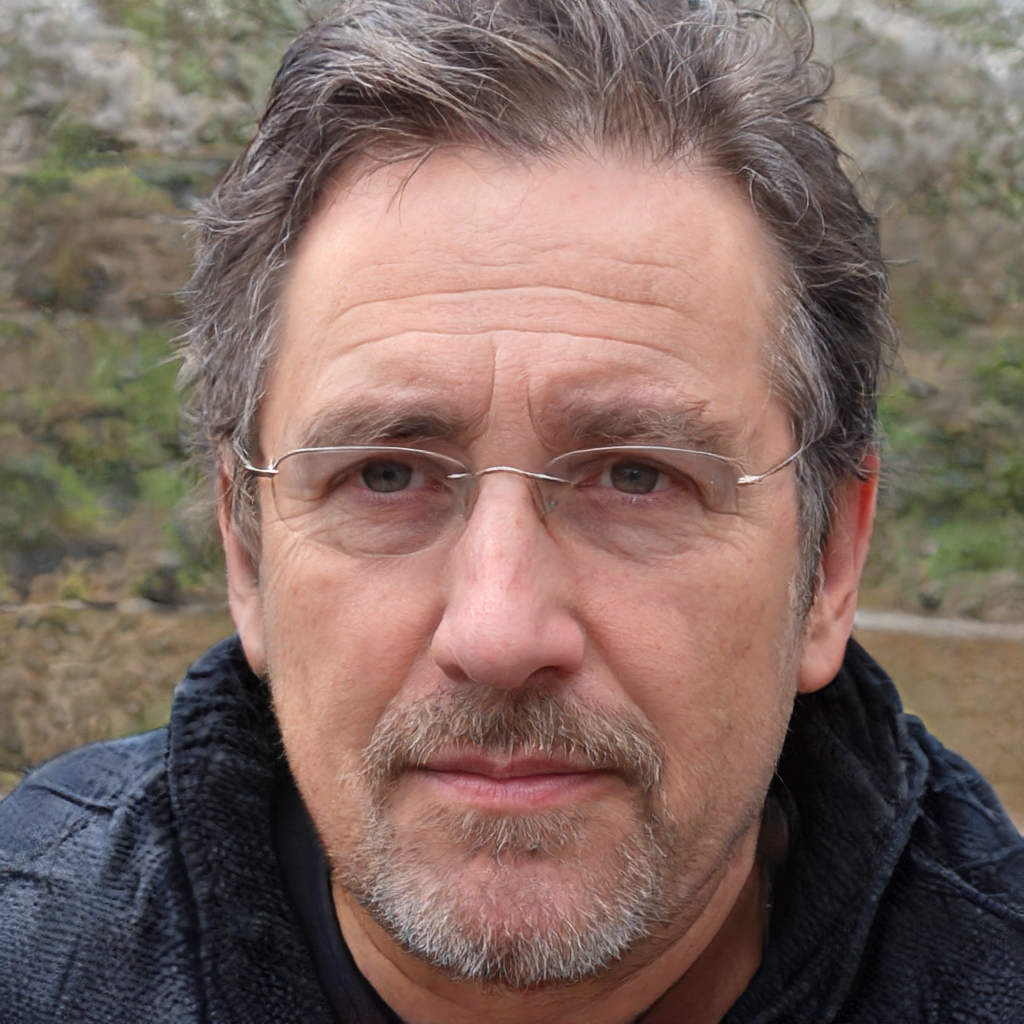Critics say EPA radiation monitoring system not adequate
Data from the U.S. Environmental Protection Agency’s network of radiation monitors does not reach the public quickly and some monitors are not functional, critics say.
Jul 31, 202011.9K Shares2.9M Views
Data from the U.S. Environmental Protection Agency’s network of radiation monitors does not reach the public quickly and some monitors are not functional, critics say.
“The monitoring system isn’t functioning fully,” Daniel Hirsch, a lecturer on nuclear policy at the University of California Santa Cruz told WTVM.com.
Hirsch said that EPA is far too slow in sharing data about the radiation that is moving across the country from the nuclear accident in Japan and some of RadNet’s monitoring systems have been offline for months awaiting repairs.
“„The Associated Press (AP) reported Saturday that of the 124 fixed monitors used by the EPA, “about 20″ were out of service last week. On Monday, that number dropped to 10, according to the EPA’s website. By Wednesday, eight were off line.
“„However, according to the EPA’s website, of those 124 monitors, 38 percent were listed as “under review” Wednesday – a slight improvement over Monday’s 40 percent figure.
“„A spokeswoman with the EPA said monitors are placed under review any time a monitor detects readings “outside typical background fluctuations.” The EPA reviews the incoming data to ensure its accuracy before it makes the data available to the public online.
Hirsch called elevated levels of iodine-131in rain “a red flag” for public health and said that he is concerned that the Nuclear Regulatory Commission, which has less stringent radiation exposure guidelines, has superseded the EPA in US response activities.
“„He said the public has been told that the radiation levels detected in the U.S. are a small fraction of “permissible” levels. But those levels are judged against emergency levels assigned to areas in close proximity to nuclear power plants, not to areas with no known risk to radiation, he says.
“„Hirsch compares the current radiation scare to last year’s BP oil spill. At first, the public was told that there was not much leakage from the rig, when in reality, millions of gallons were pouring into the Gulf of Mexico.
“„Hirsch said the radiation is “more harmful” to human beings, and called the crisis “nuclear BP cubed.”
“„He supports legal action in order to address what he says are problems with the EPA’s radiation monitoring system.
“„“I think there needs to be a Congressional investigation of the failure of the EPA monitoring system,” he said.
This week EPA announcedthat radioactive iodine-131 was detected in drinking water samples taken last week in Boise, Idaho and Richland, Washington.

Camilo Wood
Reviewer
Camilo Wood has over two decades of experience as a writer and journalist, specializing in finance and economics. With a degree in Economics and a background in financial research and analysis, Camilo brings a wealth of knowledge and expertise to his writing.
Throughout his career, Camilo has contributed to numerous publications, covering a wide range of topics such as global economic trends, investment strategies, and market analysis. His articles are recognized for their insightful analysis and clear explanations, making complex financial concepts accessible to readers.
Camilo's experience includes working in roles related to financial reporting, analysis, and commentary, allowing him to provide readers with accurate and trustworthy information. His dedication to journalistic integrity and commitment to delivering high-quality content make him a trusted voice in the fields of finance and journalism.
Latest Articles
Popular Articles